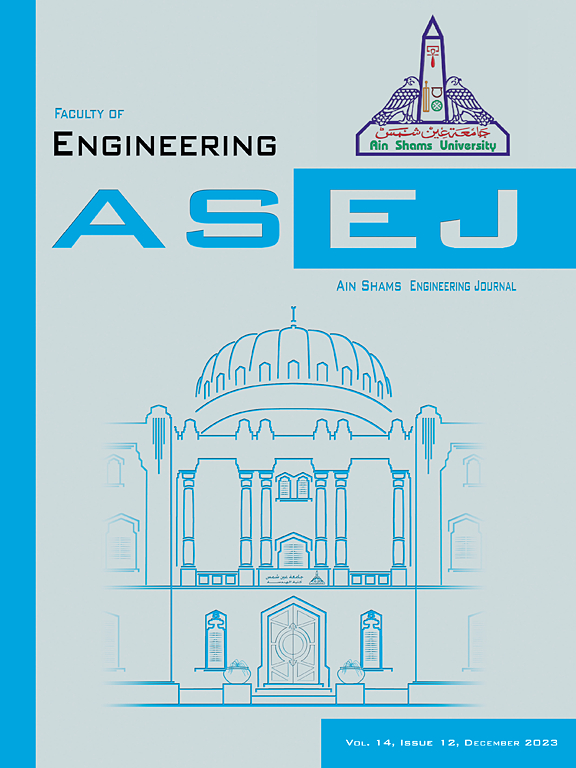Exploring the structural features of Triangular fractal antenna for detection of brain tumor
IF 6
2区 工程技术
Q1 ENGINEERING, MULTIDISCIPLINARY
引用次数: 0
Abstract
Fractal antennas are being more widely employed in medical imaging, notably microwave imaging for brain tumour detection. The characteristics they possess make them an excellent choice for identifying tumours of varying sizes and depths. This article introduces an innovative Sierpinski Trio fractal antenna (STFA) designed for the detection of brain tumours and showcases improved antenna performance metrics. The STFA has been designed using the CST simulation tool, achieving a maximum return loss of −77.38 dB, a gain of 14.13 dBi, and a directivity of 15.73 dB at a frequency of 4.72 GHz. In addition to the fractal antenna construction, the simulation tool is used to build the five-layered head phantom. Parametric research was conducted to optimise the embedded structure of the STFA and head phantom for diverse tumour sizes, and the antenna performances were examined. The STFA structure detects tumour sizes ranging from 5 to 20 mm and delivers return loss of −57.28 dB, −45.23 dB, −51.62 dB, and −47.59 dB. The suggested antenna has applications in the medical field, particularly in the detection of kidney stones, breast tumours, and tumour cells in the human brain.
探讨三角形分形天线在脑肿瘤检测中的结构特征
分形天线越来越广泛地应用于医学成像,特别是用于脑肿瘤检测的微波成像。它们所具有的特性使它们成为识别不同大小和深度肿瘤的绝佳选择。本文介绍了一种创新的Sierpinski Trio分形天线(STFA),用于检测脑肿瘤,并展示了改进的天线性能指标。采用CST仿真工具设计了该STFA,在4.72 GHz频率下,最大回波损耗为- 77.38 dB,增益为14.13 dBi,指向性为15.73 dB。在分形天线构建的基础上,利用仿真工具构建了五层头体。针对不同肿瘤大小,进行了参数化研究,优化了STFA和头模的嵌入结构,并对天线性能进行了测试。STFA结构检测肿瘤大小范围为5 - 20mm,回波损失分别为- 57.28 dB、- 45.23 dB、- 51.62 dB和- 47.59 dB。建议的天线在医学领域有应用,特别是在检测肾结石、乳腺肿瘤和人脑中的肿瘤细胞方面。
本文章由计算机程序翻译,如有差异,请以英文原文为准。
求助全文
约1分钟内获得全文
求助全文
来源期刊

Ain Shams Engineering Journal
Engineering-General Engineering
CiteScore
10.80
自引率
13.30%
发文量
441
审稿时长
49 weeks
期刊介绍:
in Shams Engineering Journal is an international journal devoted to publication of peer reviewed original high-quality research papers and review papers in both traditional topics and those of emerging science and technology. Areas of both theoretical and fundamental interest as well as those concerning industrial applications, emerging instrumental techniques and those which have some practical application to an aspect of human endeavor, such as the preservation of the environment, health, waste disposal are welcome. The overall focus is on original and rigorous scientific research results which have generic significance.
Ain Shams Engineering Journal focuses upon aspects of mechanical engineering, electrical engineering, civil engineering, chemical engineering, petroleum engineering, environmental engineering, architectural and urban planning engineering. Papers in which knowledge from other disciplines is integrated with engineering are especially welcome like nanotechnology, material sciences, and computational methods as well as applied basic sciences: engineering mathematics, physics and chemistry.
 求助内容:
求助内容: 应助结果提醒方式:
应助结果提醒方式:


